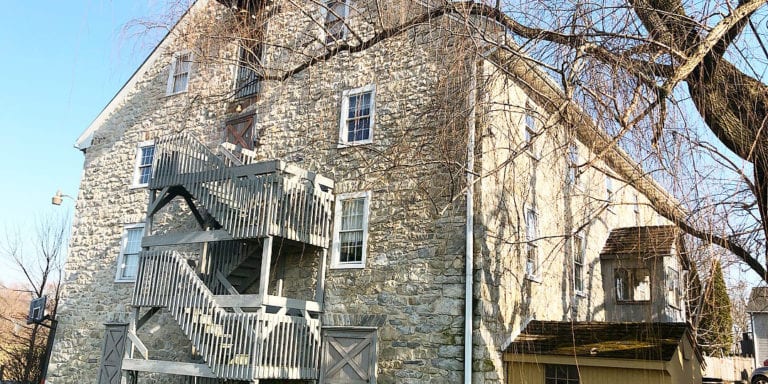
If there’s anything remotely like a castle in Pennsylvania, the rare and collectible book company The Family Album’s home is it. It is an enormous Pennsylvania limestone edifice. If you squint a bit, you could almost visualize it as a Norman tower in Wales.
I’ve known Ron Lieberman for many, many years. When I worked my open shop in the 1980s and 90s, booksellers would frequently visit my bookstore. Ron was one of them.
There are many tales of curmudgeonly booksellers who, if they found out you were a bookseller, would kick you out of their shop. Why? Maybe some false sense of feeling the visitor was a competitor trying to take advantage of them. Maybe they wanted to reserve their books for the retail trade only. Mostly, it was because they were just curmudgeons through and through and decided this was an issue to be a curmudgeon about.
Me? I LOVED it when dealers would visit. They would often make stacks of books on the sales counter. When they’d leave, I’d have a big fat check in the fishing tackle box (which evolved to a cash register and then into a computer screen wired to an automated cash drawer bolted beneath the wooden counter.)
The Frederick, Maryland area became home to many German settlers in the 1700s. Indeed most of the early books published in Frederick were published in German. The imprint would include “Friedrich-stadt” as the place of the book’s making. Mattias Bartgis was one of the most successful early Frederick printers. He also published a newspaper: Bartgis’s Marylandische Zeitung.
Wonder Book used to come across a lot of early “Pennsylvania German” material as old farms changed hands and families no longer wanted the old, often battered, mostly religious books handed down to them by ancestors.
I did my best. I had 5 years of German. I knew and could sell old German Frederick imprints locally. Beyond that this specialty was very arcane.
Then Ron began visiting the stores from time to time. Pennsylvania Dutch was his specialty (among all manner of other rare and collectible book genres.) He knew at a glance if an old Bible was good, great or just a battered ancient book. Same with all the other Fraktur and other Gebrochene Schrift type faces that would cause me consternation (i.e. Grief and Heartburn) when I inspected them. Over the years, he provided many mutually profitable solutions to my German problems.
Years passed and the internet’s decimation of bookstores and truly professional booksellers slowed the visits of other booksellers to Wonder Book dramatically.
We also stopped getting very much old German. So many of the old families had died out or dispersed.
I lost touch with Ron until we began exchanging emails after I joined the ABAA. He discovered my brother had been in Seatrain—a rock and roll group that was born out of the Blues Project and the mid 60s New York City music scene. They formed Seatrain from diverse but formally trained musicians. The boys moved west to San Francisco and then Marin County. Capitol Records thought so highly of them that they hired George Martin (a.k.a. the “Fifth Beatle”) to produce their next few albums. It was Martin’s first music production since the Beatles broke up. Many said Martin “made” the Beatles. Seatrain almost broke through, but internal squabbles and ego clashes and some members’ desires to go out on their own busted them up. They also didn’t get along with Martin and vice versa. Still, they sold hundreds of thousands of the two albums Martin produced.
Ron’s youthful trajectory had followed the same path. He was there at the beginning of many seminal musicians in New York and, then, California. We had lots to chat about that renaissance of music called the 60s as well as books.
I hadn’t seen him for many years when in 2007 he asked me to come out to Juanita College. He was appraising their library and was helping them deaccession books that were not related to their core collections. Juanita is out in the middle of “nowhere” Pennsylvania. My task was to make an offer on the odds and ends that were being culled. It was good to see him again. And since “odds and ends” are one of my specialties, I did pretty well. The college librarians were happy to have so many “problems” swept away in one fell swoop. Ron was pleased the decks were cleared, so he could focus on the important material.
More years passed with occasional tangential interactions.
Then at the end of November 2014 Ron posted this on the ABAA chatline:
RIP Isabel Acker Lieberman 6/5/1947-11/28/2014
After a long, complex, and preeminently difficult illness, Belle was under hospice care at home for only a few days, when she stopped breathing, around 12:46 AM today. We were partners and mates for almost 50 years. She was an important (though mainly silent) part of THE FAMILY ALBUM for most of that time, and she was a significant part of the lives of family, friends, neighbors, and clients. Her gracious love and support of me through the years was essential to my very existence. Her light will continue. We will probably have some sort of memorial for her here at the mill in the Spring or Summer. I’ll try to let everybody know the details as they develop.
I could feel the devastation.
My good friend and mentor Allen Ahearn had lost his wife, Pat, earlier in 2014. Somehow amongst the three of us, we decided to visit Ron in December of 2014. Part of it was certainly because Ron and Allen had both just lost spouses they had spent decades with. It was also a good reason for old regional bookselling friends to get together for an afternoon.
That was almost exactly four years ago.
The Old Mill which Ron and Belle shared since the 90s is in Amish country. On the way we stopped and visited my eldest brother, Joe in York, Pa. Joe was in a nursing home. He was well into a long and painful decline that was not to end until March 2018. Allen was marvelous with my brother. Joe brightened and started talking about things I thought age and illness had diminished. He went on and on about the RPMs of the rotors on the Sea Lion helicopter he flew in Vietnam and other stories of his long ago life.
We continued on to The Family Album. It is located in Kinzers which is a tiny hamlet next to the towns of Intercourse on one side and Paradise on another. There are horse-drawn buggies everywhere. Clattering along the roadsides or hitched to rails in parking lots of various businesses. When the GPS told us we’d “arrived,” we were on a little two lane road. A massive towering stone building loomed above us.
Ron let us in and gave us a brief tour. The “brief” tour took nearly an hour because the old mill has 4 sprawling levels. The order of the tour fades a bit with memory, but I suspect the first stop may have been at Ron’s 50 gallon whisky barrel.
Ron has been curating this “hogshead” for many years. It is blended with many varieties of good bourbon and rye that Ron decants into from time to time.
I asked Ron to explain the barrel to me. and this is what he wrote:
Barrel. Mostly bourbon… but some good American whiskey has snuck in if I liked the taste. Average proof now about 82. Average age around 7 years old… but there are some elements that are about 30 years old. That’s the nice thing about a ‘living cask.’ Some parts of the old come along with every pull, but some bits continue to age. The genesis of the barrel is a good story but I don’t have time now to relate it…
Quick take. First inspiration: The Ritz Hotel in Paris has a GIANT Living Brandy cask. When a bottle is taken out from the bottom a new one goes in at the top. This has been going on since 1710!! Every glass thus contains a minute amount of the same brandy that kings and emperors drank. They charge a fortune for each glass today. Second inspiration: Cannery Row has a cast of down-and-out characters that tip the remains of all leftover drinks into one pot (beer/bourbon/even wine.) They filter it and then make a swell swill that Steinbeck says is sometimes drinkable. I figured I could mix all sorts of bourbons of high and low quality and prices, and with a little age on them they’d become eminently drinkable. The living cask ideal is practiced in Scotland too by a few enthusiasts.
The First 50 gallons were in the barrel July 4, 1996. It was emptied into water jugs for the move to the mill in 1999. And then quickly re-filled. Since 1999 it has not gone below 1/2 full. My Amish friends rarely express any curiosity about the barrel and its contents. Visitors bring contributions of the new high quality bourbons that are on today’s market. Usually we drink 1/2 of what they bring and put it against the barrel. The other half goes into the barrel or is held back for my ‘sample’ collection. I do have ‘tastings’ among friends and bourbon drinkers. I love putting my blend against all comers, including stuff that costs many hundreds of dollars per 1/5th. Never has my blend done worse than second place. Mostly it wins hands down. Also teaches us connoisseurship in an area beyond books. Belle and I always said that the barrel enables us to ‘drink better whiskey than we can afford.’
You can sense what a treat it was to get the rest of the tour with a glass of the Lieberman “Living” blend in hand.
We weren’t there to shop. And Ron didn’t seem to be in a mood for showing us treasures he had for sale. Also, I got the sense that Ron didn’t want anything to change at that time. The past year had wrought enough upheaval in the Old Mill.
We ended up on the third level seated in his “living room.” It was a lovely cozy room. They carved up that floor into a kitchen, office, bedrooms… The window looks out on the old mill stream, a bridge and farm fields.
At some point we ate some lunch.
Then came one of the magical moments that you can play back in your mind at any time. A beautiful young Amish woman appeared at the third floor door (all 4 floors have doors at the top and bottom of their steps to preserve heat.) The mill was built around 1800. She was attired in a dress and bonnet that could have come from that era or any date since. The only anachronism (or is it the opposite of an anachronism?) was that she was wearing exotic blue tinted wire-rimmed glasses the evoked the 1960s. She handed Ron a bowl with a cloth draped over it. They exchanged some pleasantries, and then she vanished, much to my disappointment.
“She brought us apple dumplings,” Ron explained. “They saw I had company. They are always doing things like that.”
He explained how over the years he and Belle had gained the friendship and trust of the local Plain Folk. They interacted and helped each other on many levels.
The other image that impressed itself upon me permanently was a photo of Belle as a young woman riding bareback on a horse. Ron’s voice caught when he pointed that out to us.
Then the afternoon was graying. The Solstice was only a few days away. Allen and I made our farewells and headed back to the 21st century.
It had been a therapeutic day for everyone, I think.
I next saw Ron at the Washington Antiquarian Book Fair in March 2015. I had never attended it before. Why? I don’t know. In the 80s and 90s when I exhibited at numerous book fairs I was never permitted to exhibit at the DC show. It was always “sold out.” (I think there was a bit of prejudice as well—the “…& Video” thing that had some “stodgies” suspect my bookselling talent. Well, almost all of them are gone now and “Wonder” abides…)
Ron was extremely dapper. He was in a tux! And he had a glass of the Old Mill Living Whiskey in his hand. (This was at the Beginning of the show. I came to learn that Ron always has a glass in hand from start to finish.) His assistant was a young bearded Amish man. His longish hair was cut with straight bangs just above his eyebrows. He poured me two fingers, and I sipped happily as I scanned his shelves. I recall I bought a Shakespeare play that had been extracted from an incomplete Second Folio (1632) and nicely rebound in quarter leather over marbled boards.
2015 was in many ways the best of years. We recovered quite rapidly from our massive warehouse move in 2013-14. I began attending many book shows all over the country.
2017 was a confusing and dreadful year in so many ways. Annus Horribilis. Maybe the best thing to come of it was the onset of these book stories. Writing them has helped keep the mental spooks away. Now they have taken on a life of their own. It is approaching 75 Fridays in a row. Go figure…
I next saw Ron again at the DC show in September 2018. He had told me there could be a Bewick (pronounced “Buick”) in my future. If I bought it, he would include a bottle of the Old Mill—but ONLY if I bought the Bewick lot. He had a glass in hand and was as dapper as ever.
I bought the Bewick. The bottle was certainly an incentive. I keep the bottle in the “White House” liquor cabinet in my office. It is on reserve there for very special occasions.
It is now December 2018.
Merry Christmas to all and Happy New Year!
I’d meant to return to the Old Mill sooner. I’d even scheduled an overnight with a friend in 2016, but a massive snowstorm canceled that. 2017 had me in no mood to travel much.
Another bookselling friend from near Lancaster periodically brings me loads of art and old cloth and leather books—culls for our Books by the Foot division. He’d been suggesting we visit Ron together for a long time. He finally forced me to nail down a date.
So, on Tuesday, December 11th, I headed to Columbia Pennsylvania and Mullen’s Books.
Kevin’s building is huge. He has restored the three-and-a-half-level old brick building meticulously. It is filled with thousands and thousands of art books—his specialty. There is a story there for sure.
He’d agreed to drive us up to Kinzers. I climbed (literally—he has one of those oversized and very high pickups you almost need a stepladder to get into) up to the passenger seat of his truck. His nickname for it is Thor’s Hammer. We roared away in the growling diesel beast.
It was a brilliant but chilly day when we pulled up to the Old Mill. Ron greeted us at the door, and we followed him upstairs to his living room. We sat comfortably and chatted for a while. He had decanted a bottle of the Living liquor so we didn’t need to go to the bottom floor. The coal stove glowed before us. Two old metal scuttles rested next to it. The mood was much lighter than my first visit. After we had all caught up, Ron suggested we go for a tour. This time we would look at books.
He had seen the story I wrote recently about the 2018 Boston Book Fair. He had emailed: “I didn’t know you were interested in illuminated manuscripts. I have some.”
“?!?” I thought.
We had lunch at the antique dining room table with vintage images of Washington, Jefferson and Franklin looking down upon us. Through the double doors of his adjacent office the oil painting of Samuel Johnson kept drawing my eyes. If there’s anything anywhere I covet at this time, it is that portrait.
“Ye’re in Amish country. Thou shalt not covet.”
Yes, my Book Muse had decided this trip merited her attendance.
“Ron would never part with it anyway,” I thought back at her.
“I like this place—although this building is a bit young.”
“You’re more accustomed to the thousand-year-old stone structures of your youth, I suppose. You’ve never told me—is it Wales or Ireland? Your accent confuses me,” I thought.
“Yer easily confused. Breathe and enjoy yerself. This is a magical place.”
“It is indeed.”
I must have spoken that aloud for both Kevin and Ron looked at me and said: “What?”
“That is indeed a wonderful portrait. I was at Dr Johnson’s house in London some weeks ago.”
They both gave me funny looks, and we continued eating the wonderful 3 Meat Chili Ron had made. It was simmering atop his stove when we’d arrived.
After lunch, he led us down two flights to the bottom level of the ancient sprawling stone building. In a corner stood a massive safe. He opened it and withdrew a cardboard box with the word “Horae” written upon. He turned and placed it upon a large trestle table. The books he withdrew transported me back to the middle ages. We three could have been ancient old booksellers in a stone mill house in Flanders 500 years ago.
My heart leapt and my pulse quickened as I picked up one after another and gently peered into the beautiful pages.
I can’t get over the beauty and the context of the handmade creations. The concept that monks were scratching away at these pages with pen and ink and colors in the 14th, 15th and 16th centuries is astounding.
Then he withdrew a box with “Aldine” written upon it. Each was adorned with the dolphin and anchor logo the early printing family employed.
Then a box with labeled “Manuscripts.”
We moved onto some filing cabinets full of wondrous books.
“That’s a novel way to store books,” I thought.
One cabinet contained not books but bottles.
“That’s a novel way to store…”
Ron then led us the magic barrel on the other side of the lower ground floor. My eyes were reluctant to part from the Books of Hours that remained fanned out upon the table.
On that side of the building, there are still old cast iron mill wheels with thick wide leather belts. The stream outside would turn a giant wooden wheel on the outside of the building which would in turn put these wheels in motion. They would turn a massive millstone. Early American technology for grinding grain into flour. Our forefather’s bread.
He also has an entire wall of bookbinder’s tools on the ground floor.
Ron has many ways of storing his books. Banana boxes is one of them. Hundreds of them.
Each has its contents written upon it.
Then we moved up to the main level. Old oak and glasses display various sundry books and other collectible items. At one time this was an open shop, I believe.
“You might want to look at the large book on the bottom of that case. It is a bejeweled incunabulum.”
“?!?” I thought.
My head was spinning by now. I’d had very little whiskey. I don’t drink before 5. Hardly ever. Well, sometimes 4:30.
I was experiencing “biblio inebriation.” It was a pleasant but aching sensation.
Love hurts. Doesn’t it?
We explored more of that level. The Family Album has long runs of German Imprints and Pennsylvania history. Those don’t interest me much.
Apparently, I’m not the only one.
“No one seems to care about them anymore,” Ron lamented. “I filled the institutional collections long ago. The young generations of Amish aren’t much interested in these.”
Kevin and I poked around here and there. The afternoon was wearing on. We are getting near the Winter Solstice. It gets dark very early.
We adjourned back upstairs to Ron’s living room. He and Kevin began discussing some massive leather tomes that documented the Widener Family’s expansive art collection. That might be right up Kevin’s alley.
Ron’s dog had been very friendly the whole time. He especially enjoyed sniffing my cuffs. Likely they carried some of Merry & Pippin’s (my two Jack Russell’s) scent. When I scratched him behind his ears, he would press his muzzle against my knee. Dog love.
I knew Ron had affection for Bull Terriers. There were a number of framed images of the breed here and there—including beautiful a 17th century drawing.
I followed up with him after the visit because I’d never asked for the sweetheart’s name. This was his reply:
Dog = Thomas = His full name is Old Mill’s Thomas Truelove. He’s a miniature Bull Terrier. Not so ‘miniature’ since he weighs near 50lbs.
Belle’s family had Bull Terriers since 1915. We got our first together as a wedding present in 1968. Most of these animals came from the top breeders in the country (and world)… but none were ever shown beyond winning a few puppy class ribbons. They were our beloved companions and I’m lucky to have Thomas. He’s 10 years old now.
Ron had commented throughout the day.
“I’m in the mood to let go of some things, so feel free to ask about anything you see.”
So when there was a lull in the conversation, I asked about the Books of Hours.
“I’ll go down and see if I can put a price on any of them.”
Kevin and I went down and browsed the main level some more. I found a few things that were irresistible.
Then we went down to the trestle table on the ground floor. The little books were arrayed like jewels. Ron had put a slip of paper with a value in each.
With profound apprehension I looked at each.
It ached so much…
Book love.
Then it was time to go. Ron tapped out words and numbers on a keyboard. An invoice began printing.
It listed five books. One was a 20th century anti-Prohibition pamphlet published by Anheuser-Busch—”Beer as Medicine.” Two were from the 19th century. One the 18th. One was circa 1520 and had wondrous colored images…
We loaded my very light small box into the back seat of Kevin’s truck. There were also 3 heavy boxes of old leather-bound books—defective copies or broken sets—Ron had let me inexpensively buy them for Books By the Foot.
Kevin drove us back through Paradise and Bird In Hand. We passed a number Amish buggies with headlights and taillights clattering along the roadside. The electric lights are a concession to modern laws and self-preservation.
Then I was on my way home. Alone. Route 30—the Old Lincoln Highway—takes much of the trip. I stopped at the Altland Tavern (1763) on the square in Abbottstown. I stopped there often on the way back from visits with my brother in the nursing home in York. I ordered the (Mock) Turtle Soup (“Served here for over 60 years.”) It is presented with a tiny flask of Cream Sherry to pour into it—if that’s to your taste. It is to mine. I had a plain Caesar Salad and a Gin Gibson—up very dry.
As I sat at the bar, I reflected on…many things. There had been so many connections to so many pasts this day. Wonderful parts and heartbreaking parts.
I decided that more than anything the day had been a “Love Story.” The love we have for many wonderful beautiful and magical things. Ron’s home had it all. Family, community, books, a wondrous home, Thomas…Belle—who is there in there in the very fabric everywhere in the Old Mill.
It will be the 2018 Winter Solstice soon. Then each day will get a minute or two longer. Then New Year’s. I wonder what 2019 will bring?
Tidings of comfort and joy for you all, I hope.
Addendum
I was searching old emails from Ron as background for this story. I found this reply he made to the question “What was your first ABAA Book Fair like?” someone had posed years ago.
Here’s Ron’s reply:
First ABAA Book Fair
Belle and I showed books, manuscripts, and early photos at antique, gun, and Civil War shows from 1969 to around 1990. I think our first ABAA show was at the New York Armory around 1975, but I have no distinct memories of it.
We did our first Boston Show, I think, in 1977. We exhibited there for most of the next 20 years. A strong memory from that first decade in Boston was coming down the elevator and it opening right into the busy, bright, and elegant Copley Plaza lobby and the fair.
Our exhibit space was in a corner at the entrance of the back room under the watchful presence of a marble goddess (Aphrodite?) emerging from a giant oyster shell. Belle and I loved that space which we kept for most of the decade. Rocky Gardiner was the friendly character next to us for much of that time. Everybody was friendly—even Johnny Jenkins. We made some life-long friends from those Boston fairs.
A New York fair that left a lasting impression on us was the ILAB Fair (in 1980 I think,) held in the low dark bottom floor of the Americana / Sheraton. The room was less than optimal—but the books were great! We brought out our very best stuff and sold brilliant Blakes, incunabula, and French illustrated books quickly. It was for many years our highest grossing fair.
The Blakes were all bought by a Japanese dealer (I think it was Mr. Sakai from Isseido, but I’m not sure.) He pronounced Blake—Brake with a rolling R and just kept pointing at them repeating Brake Brake. Then he rushed away. A pretty young Japanese assistant lingered and we asked her—’Does he want all of them?’ ‘Yes—all—Please ship and bill to this address’ said she as she gave us a card. Martin Breslauer was in the booth next to us with books that I was afraid I would drool upon. I asked him if all of that scene was legitimate. He assured us that it was ‘very much so.’
Everybody had drool-worthy books. Another curious memory—AB used to ask back then ‘Did the fair meet your expectations?’ I recall that Quaritch answered ‘Not really—we were disappointed.’ I was dumbfounded because I was standing right next to their booth when they sold a $75,000.00 book (1980 dollars.) More than I was grossing in most years before that. What were their expectations?? I was blown away.
If you want to more of The Family Album’s history there are a number of very cool stories here:
This is an obsolete page…
http://books-rare.blogspot.com/
But on the lower right see if you can get these parts.
• Part I How did you get into the Book Business?…
• Part II How did you get into the Book Business?…
• Part III How did you get into the Book Business?…

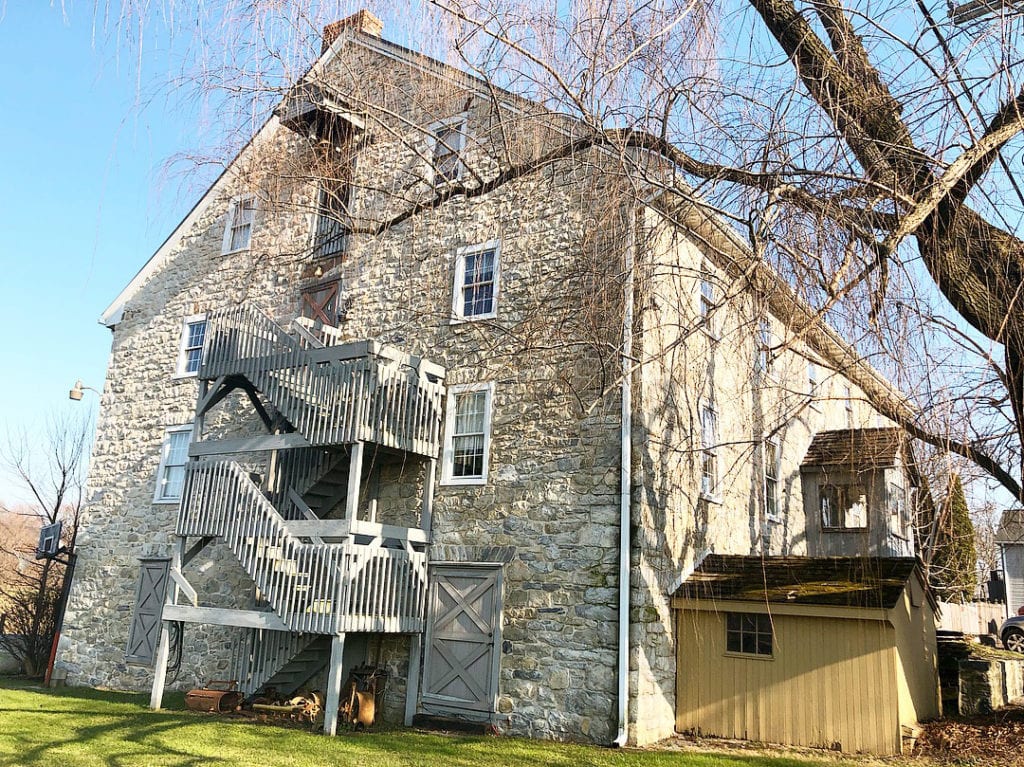
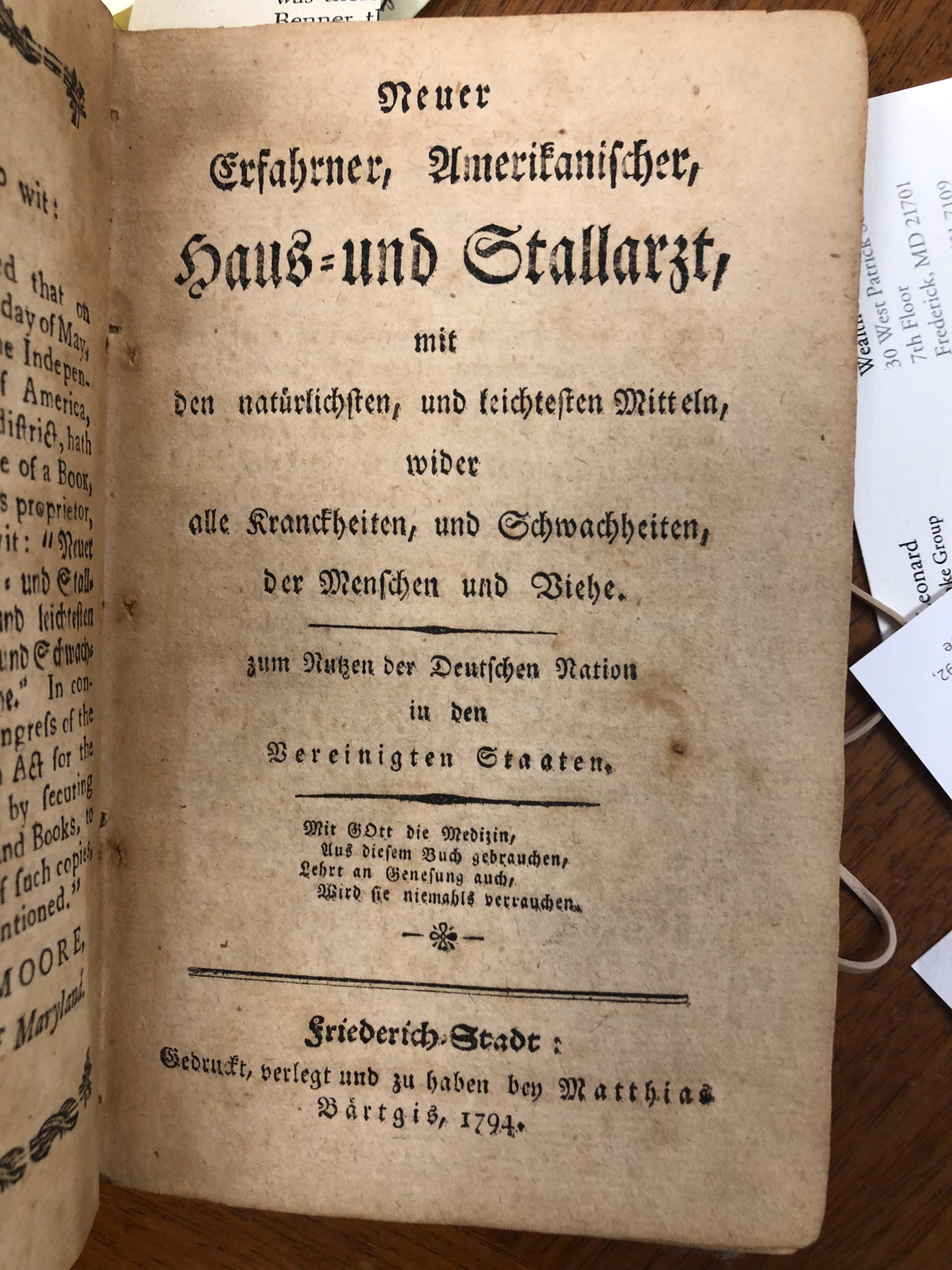
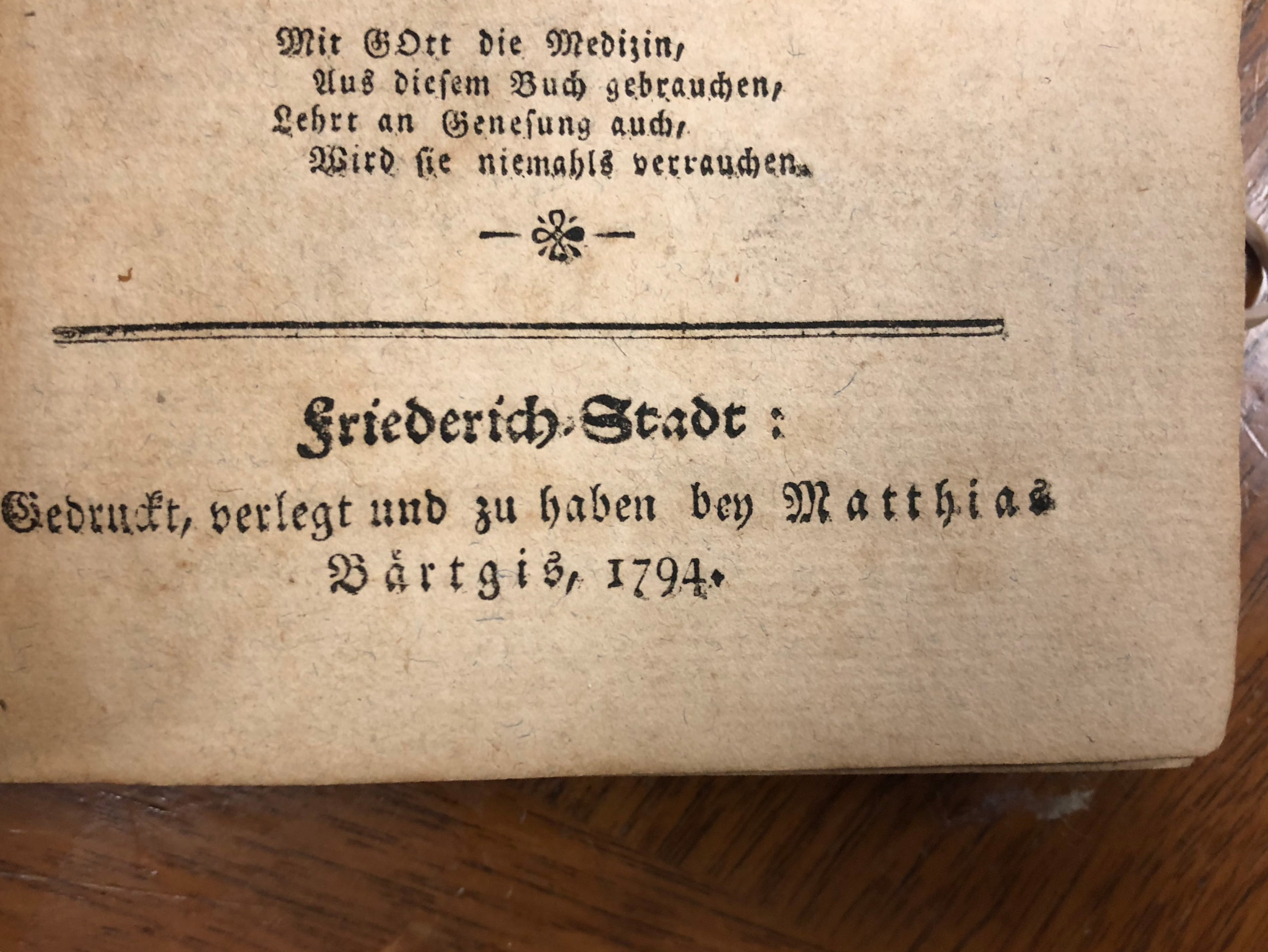
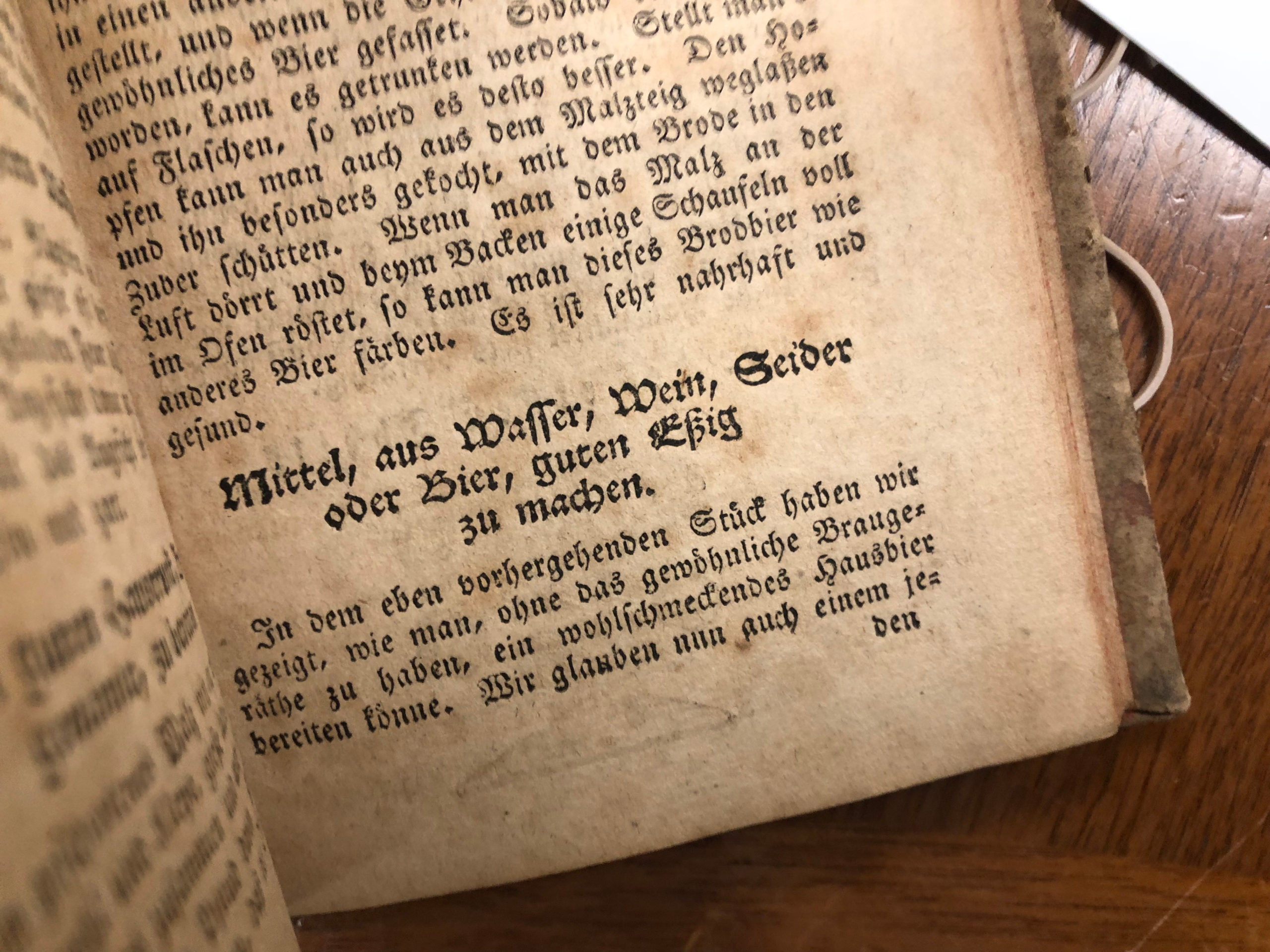

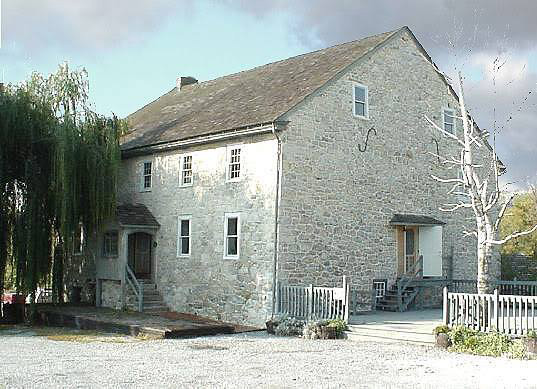
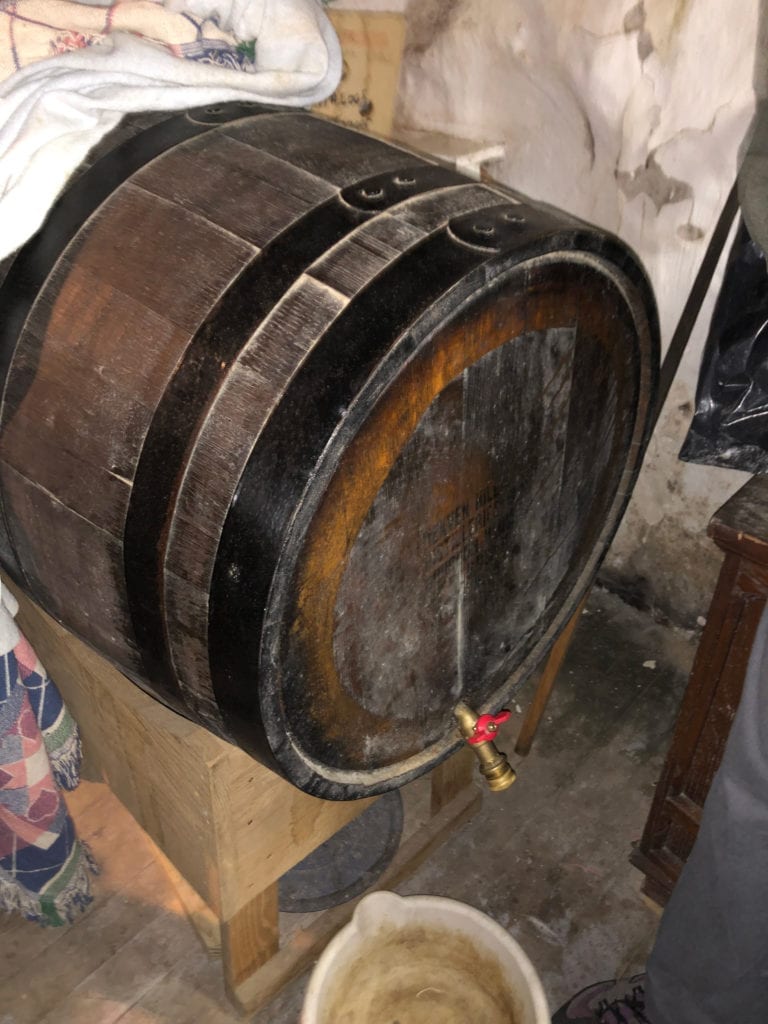
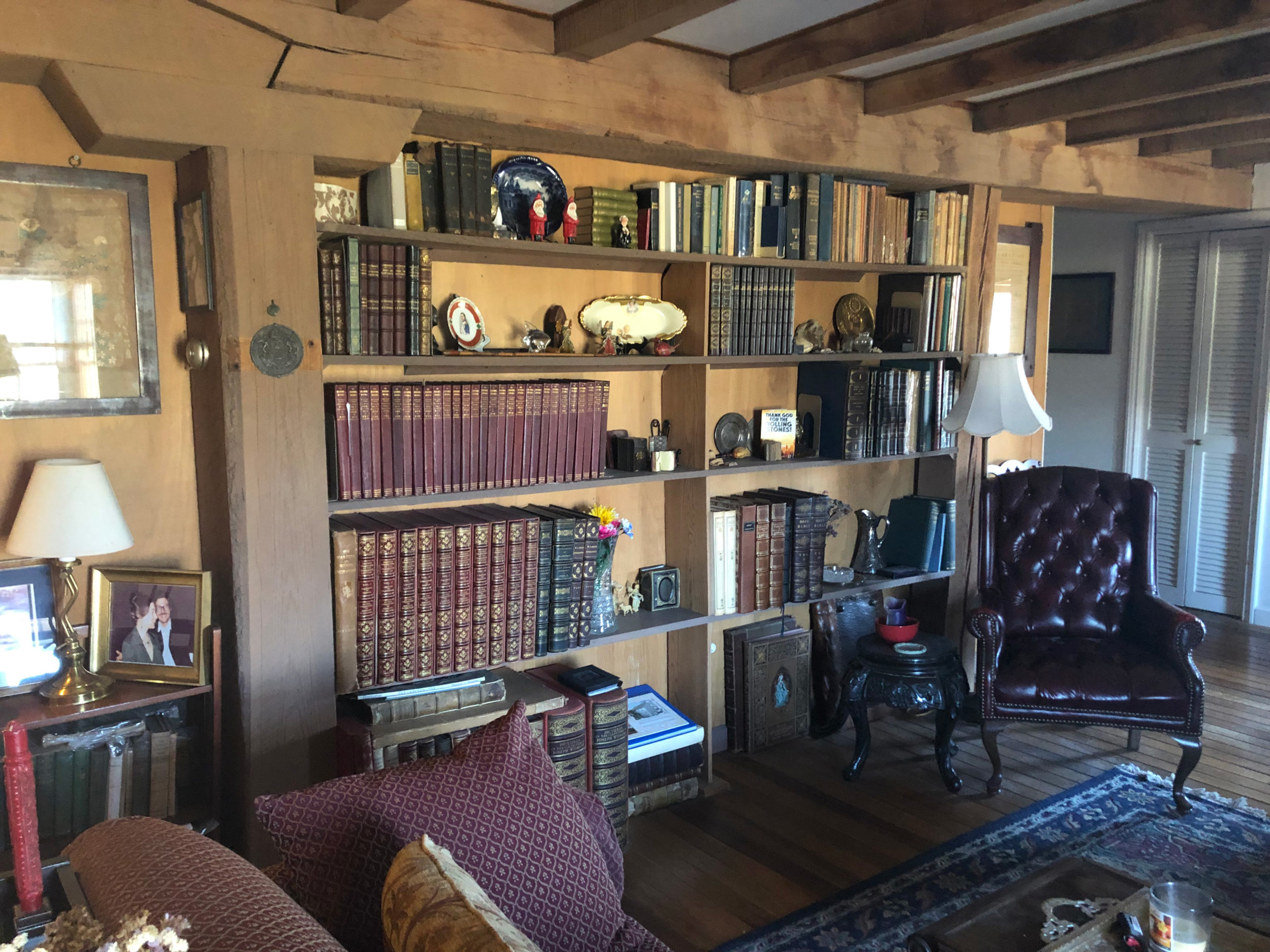
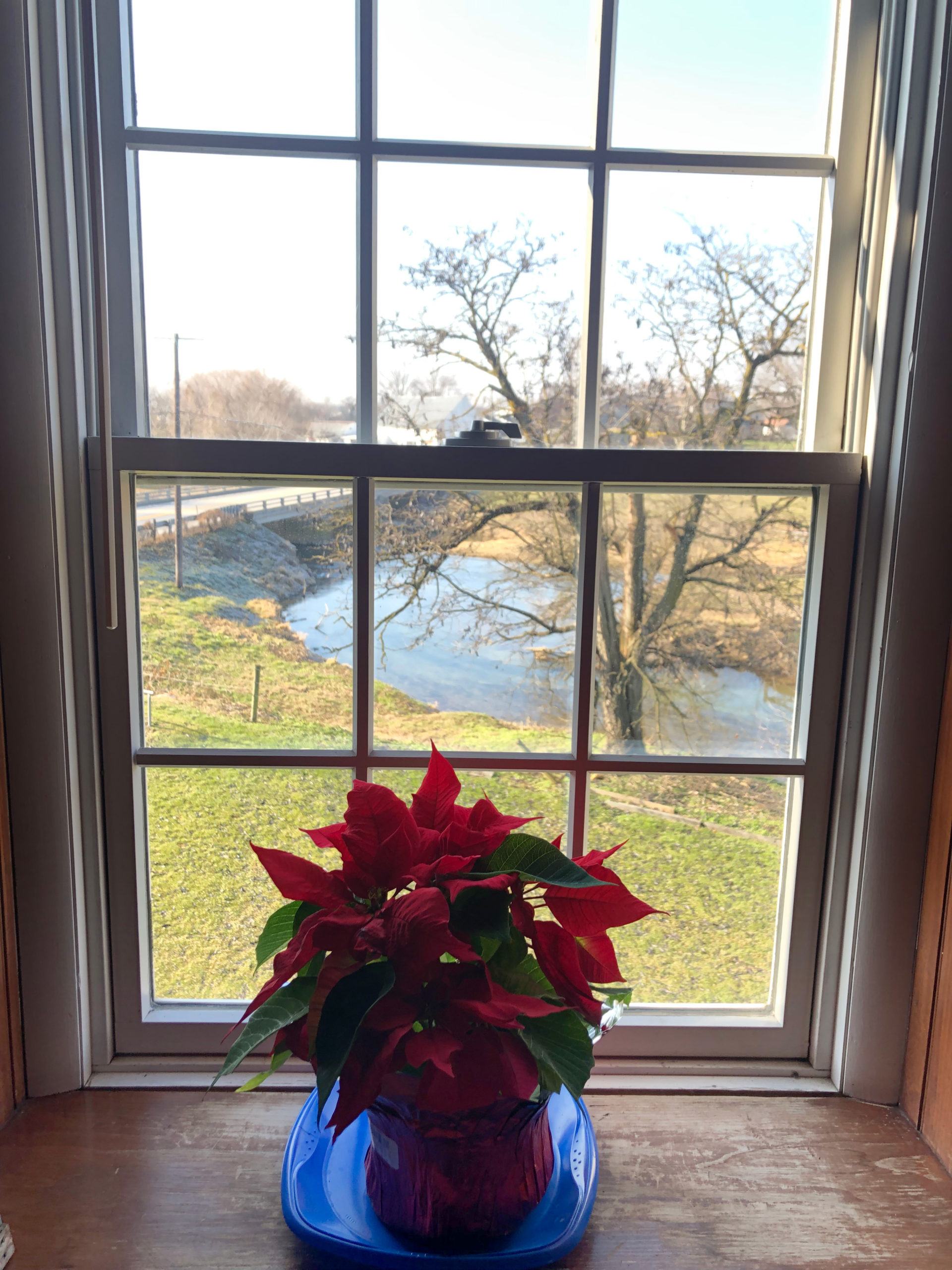

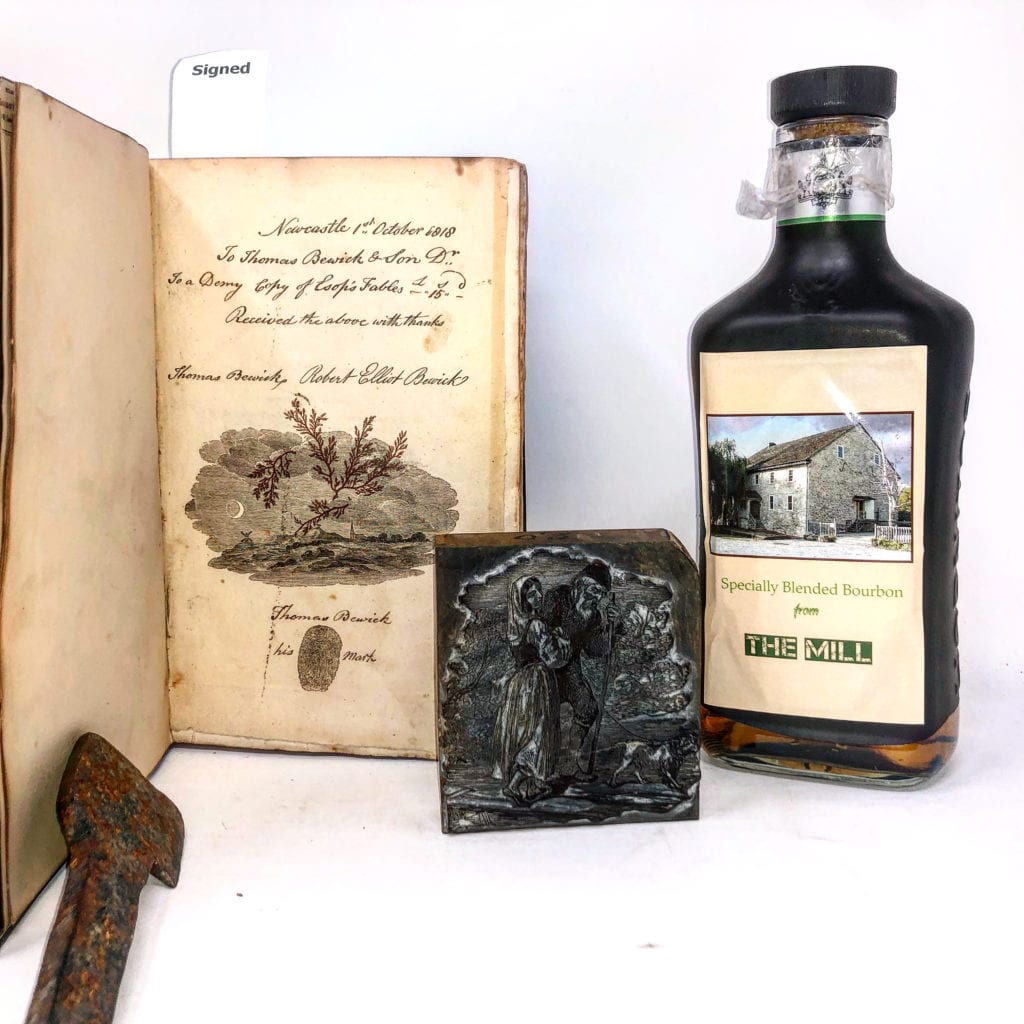
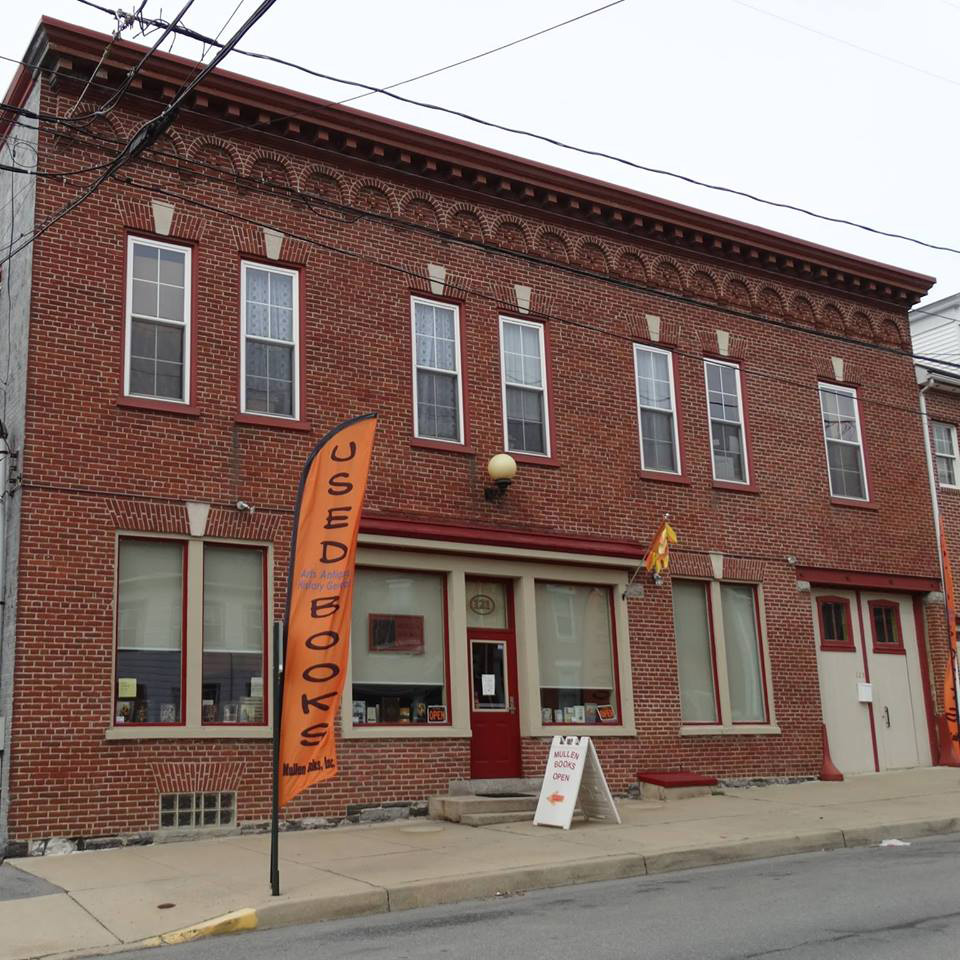
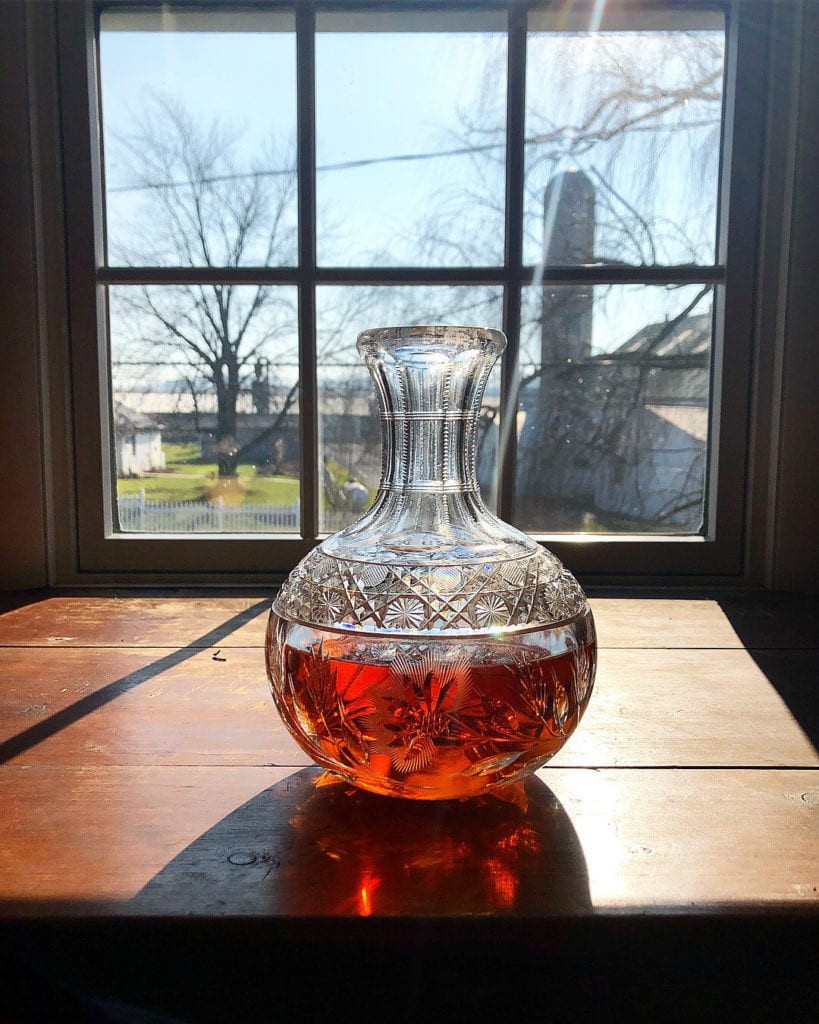
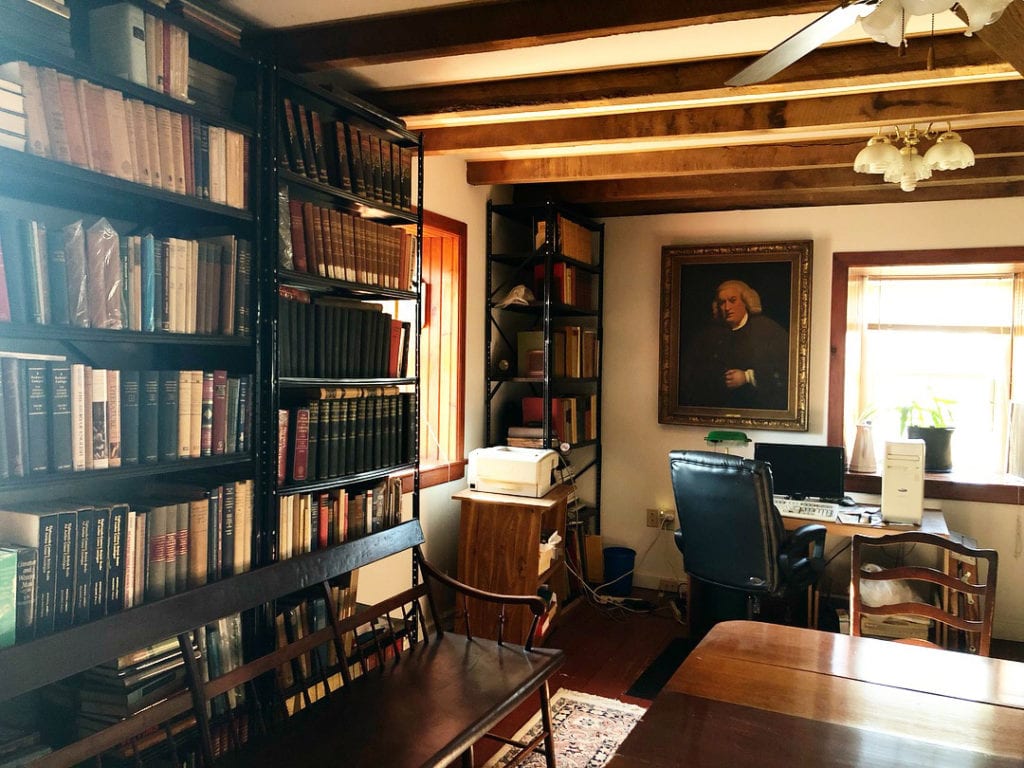
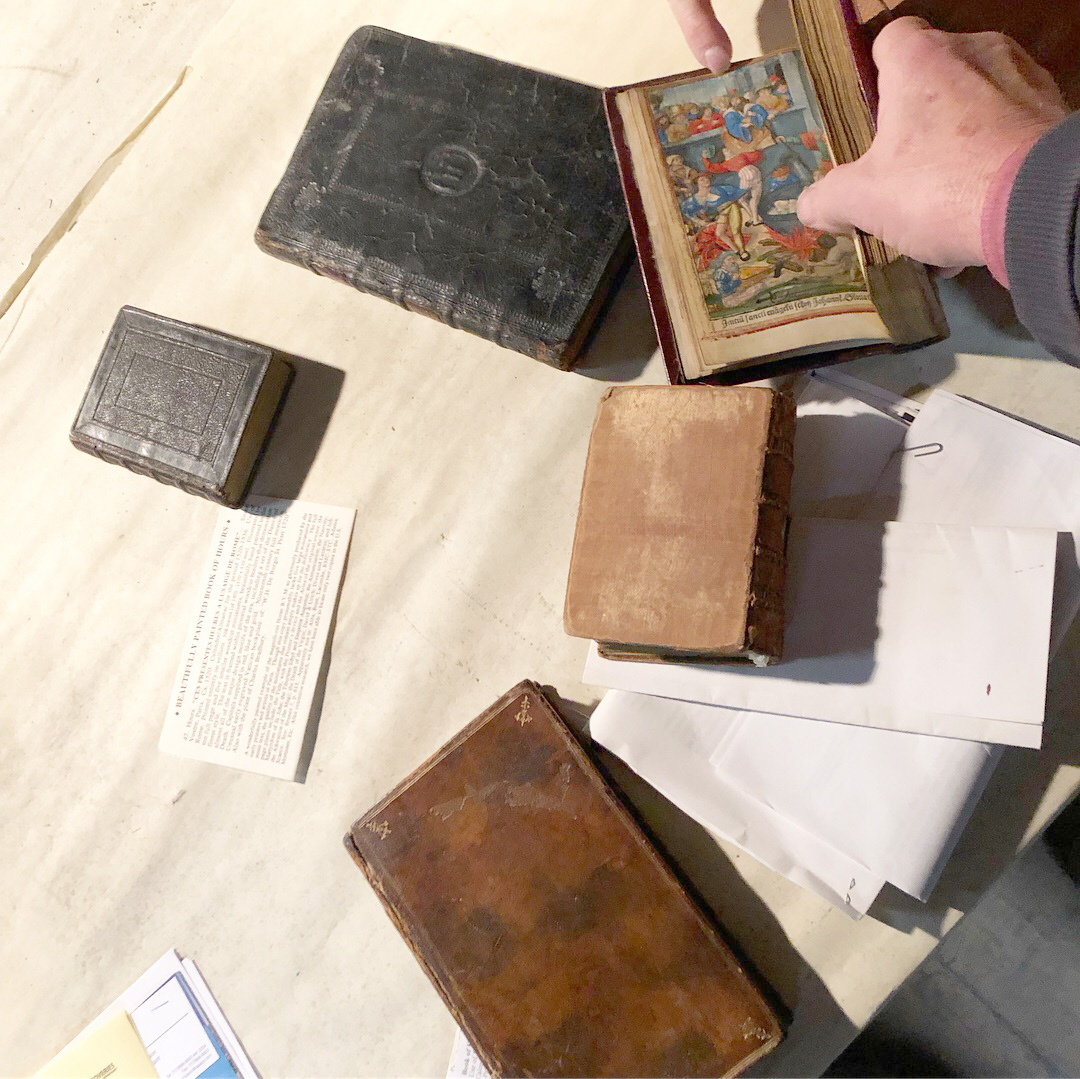
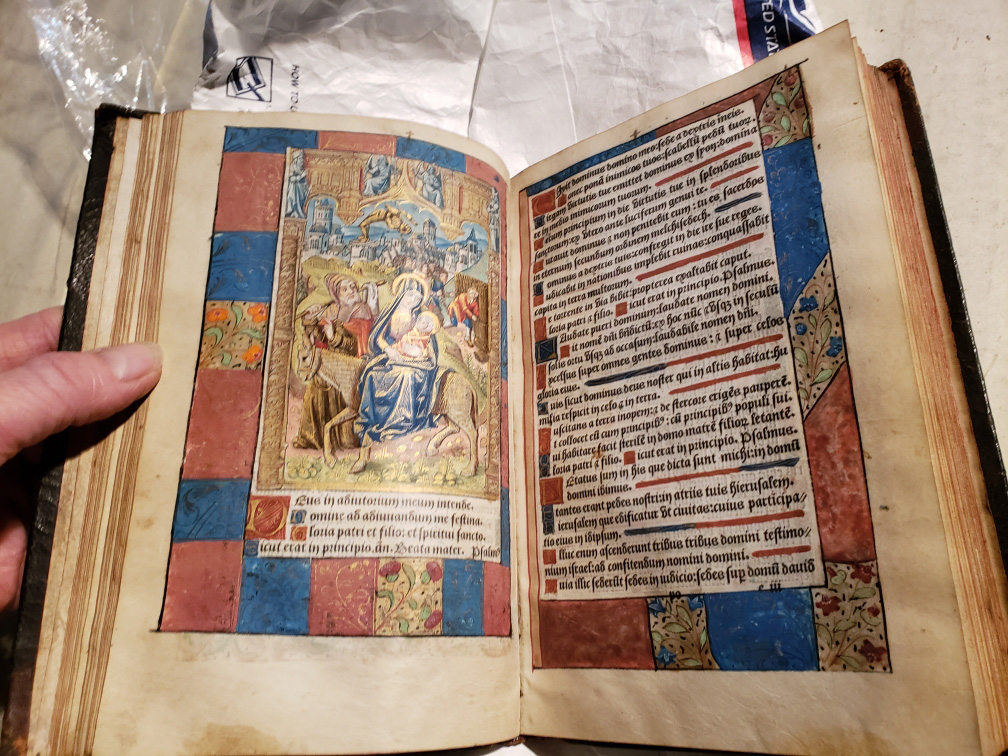
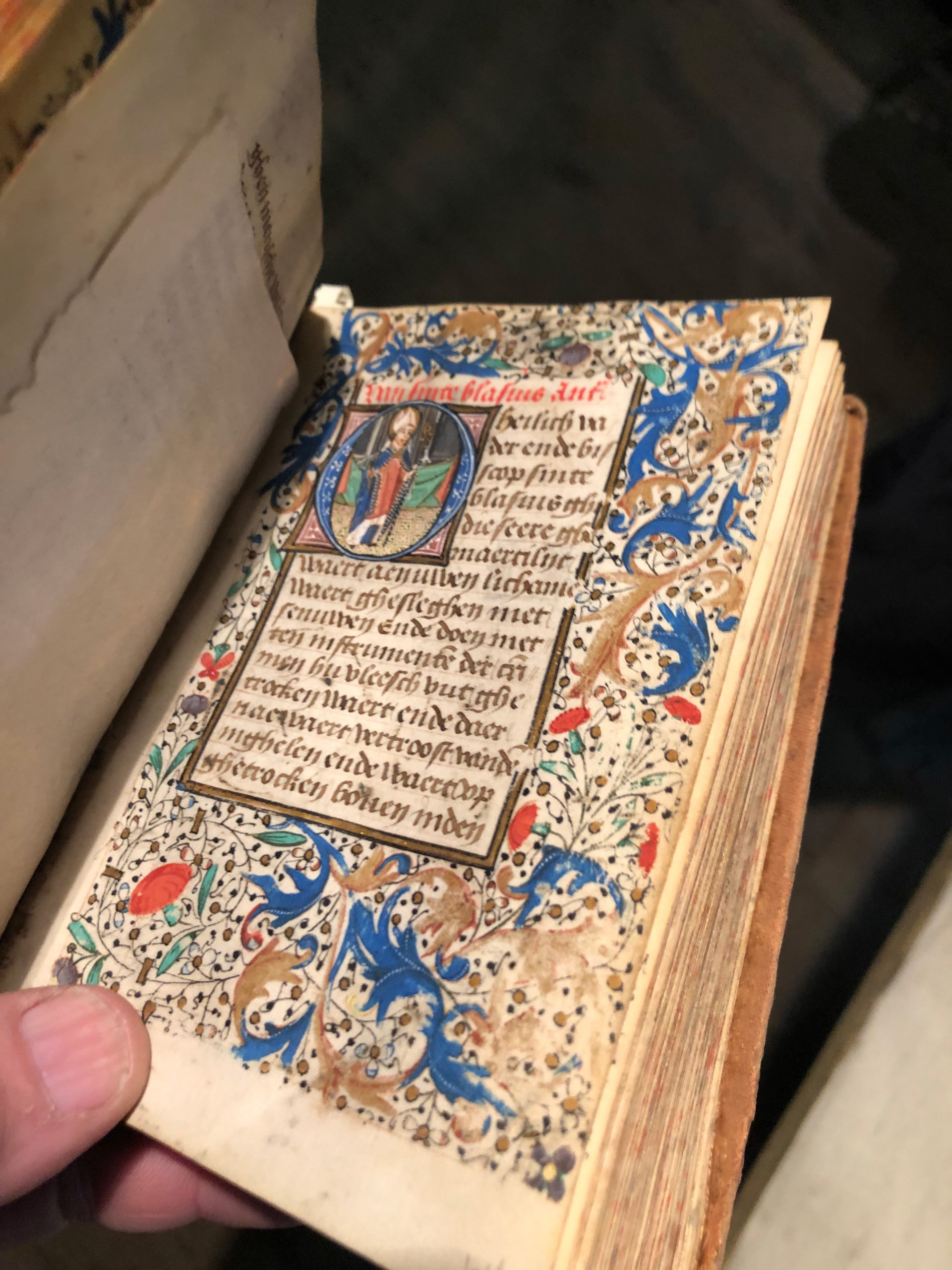
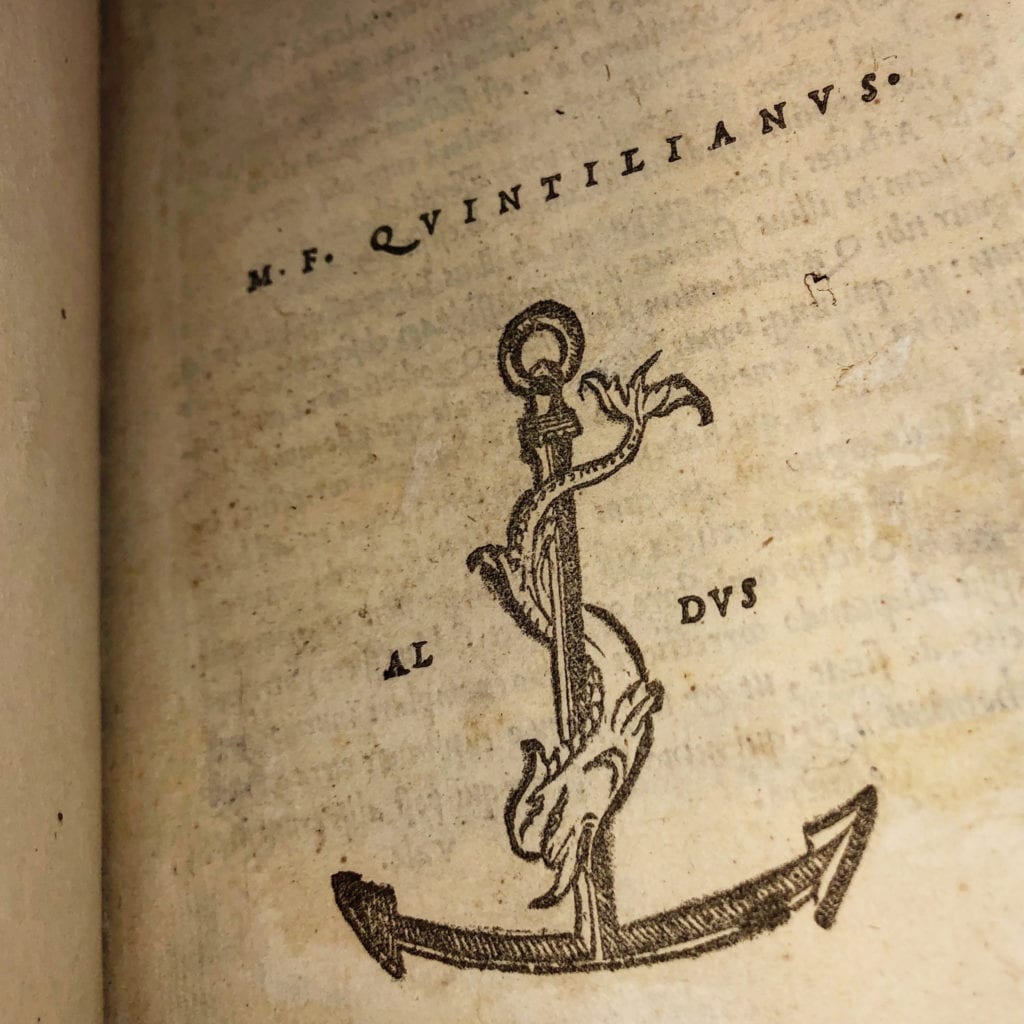
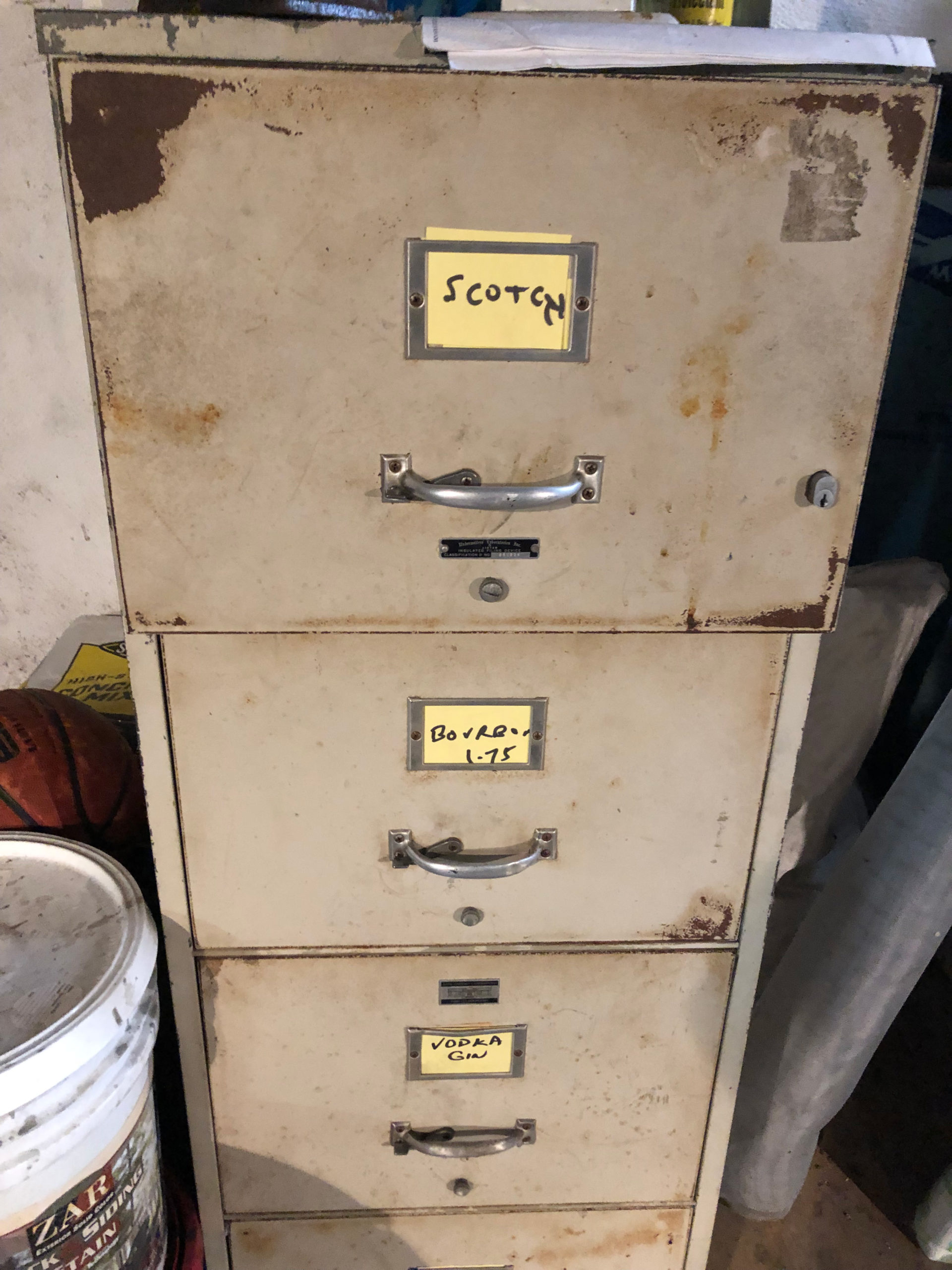
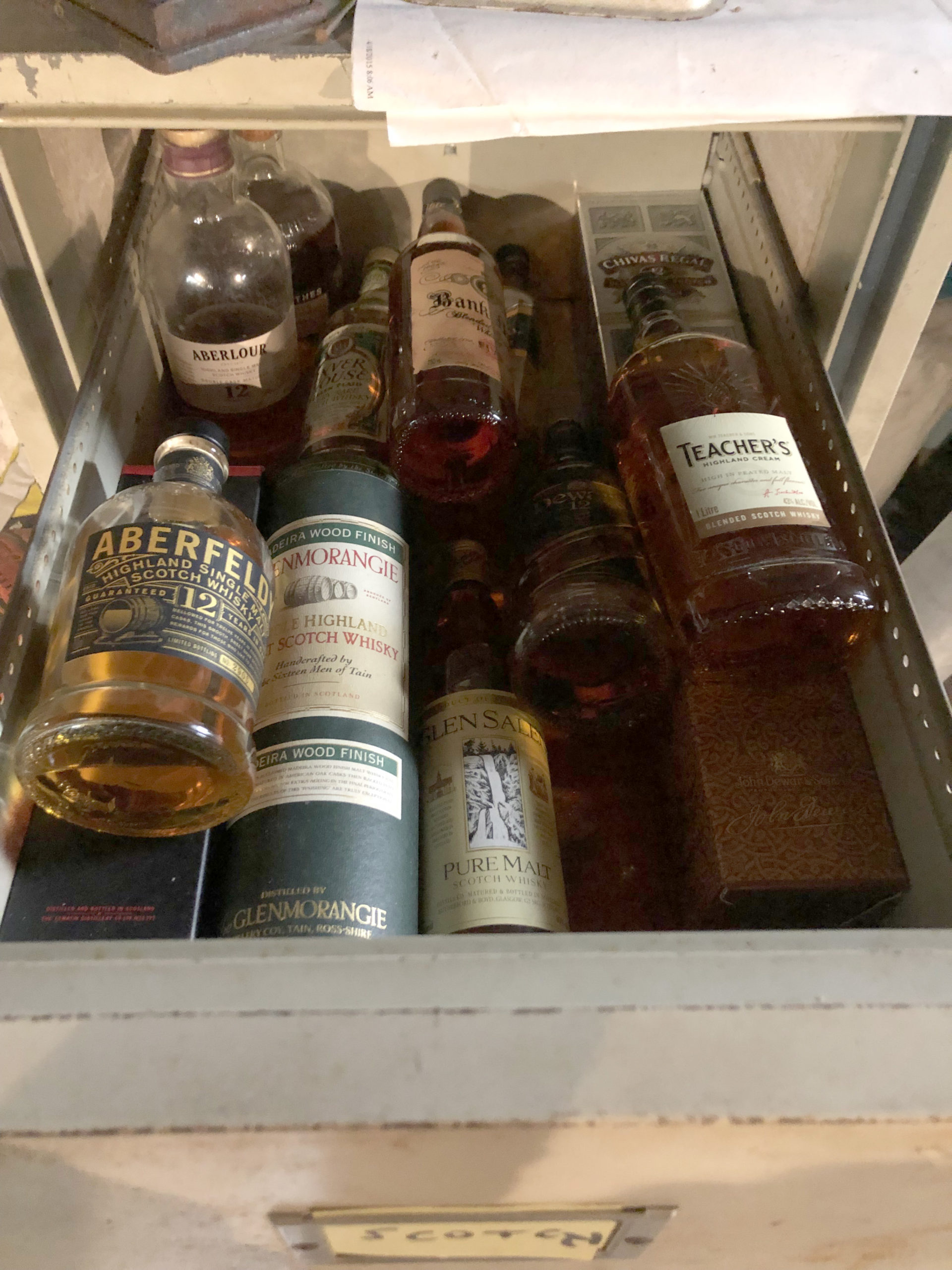
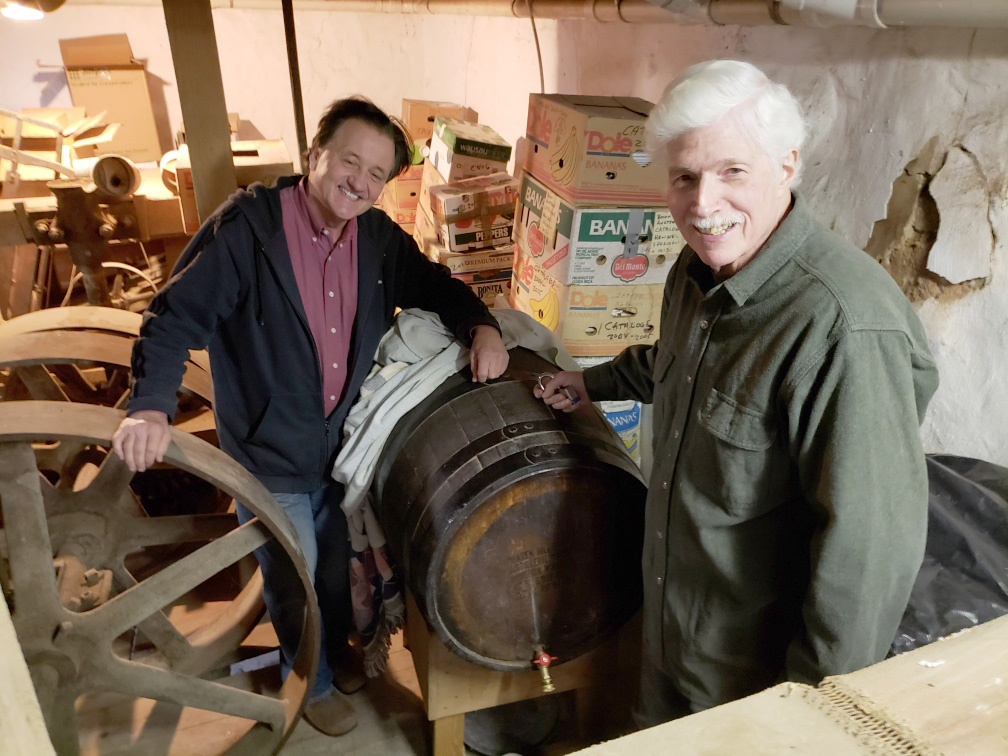
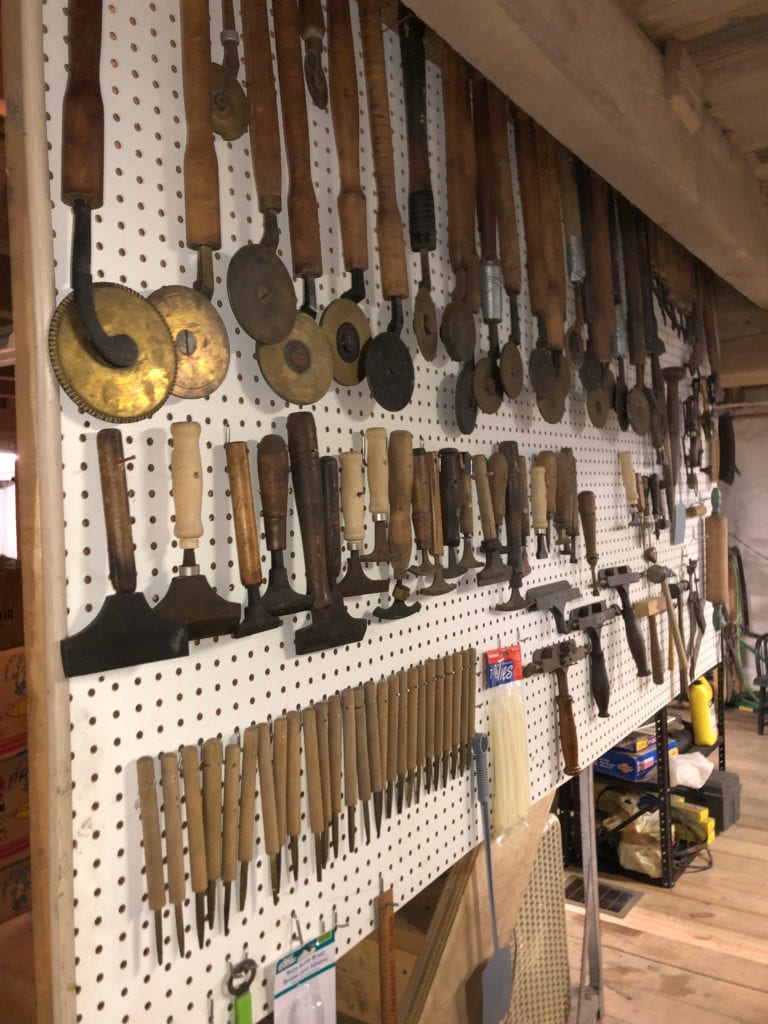
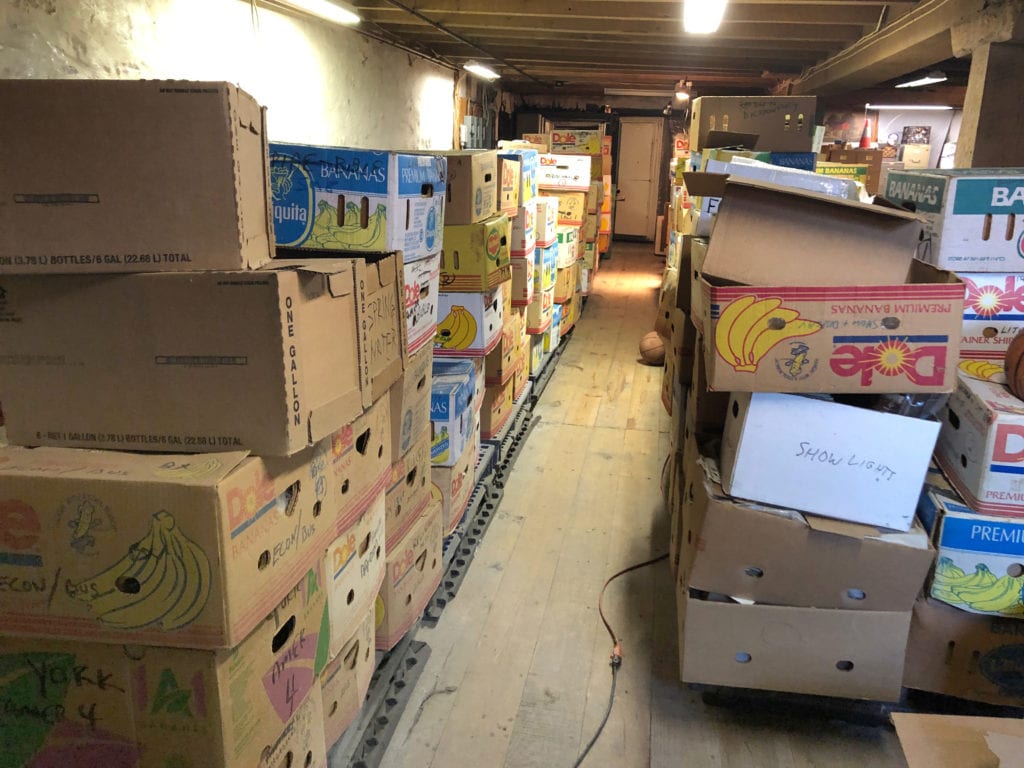
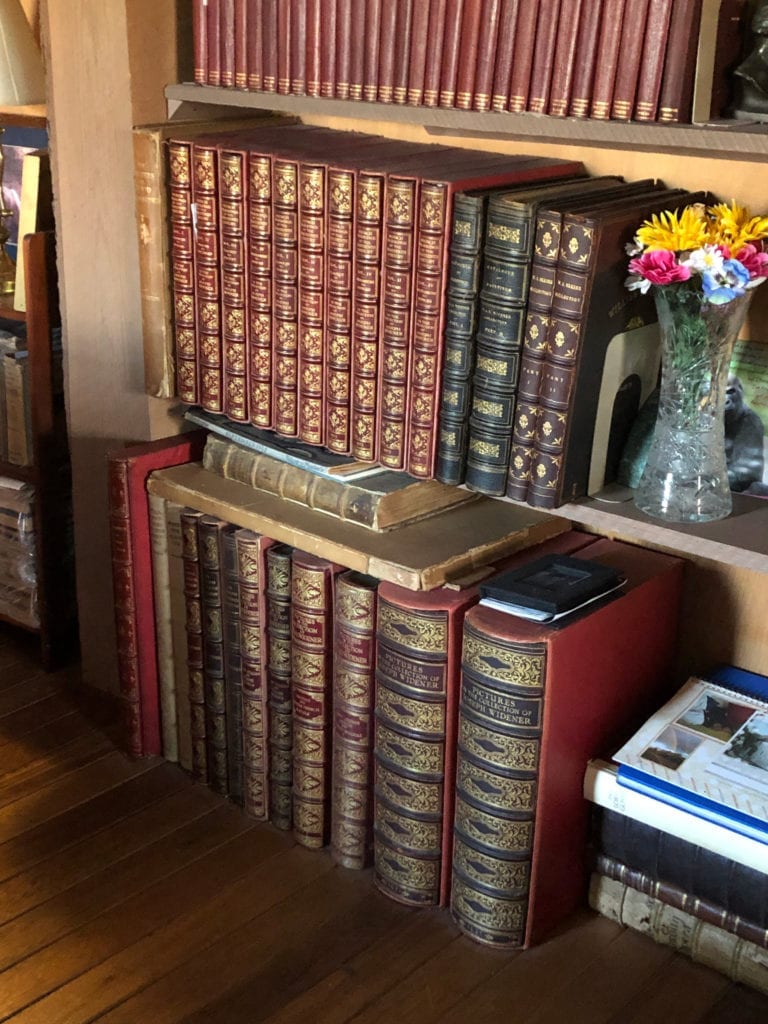
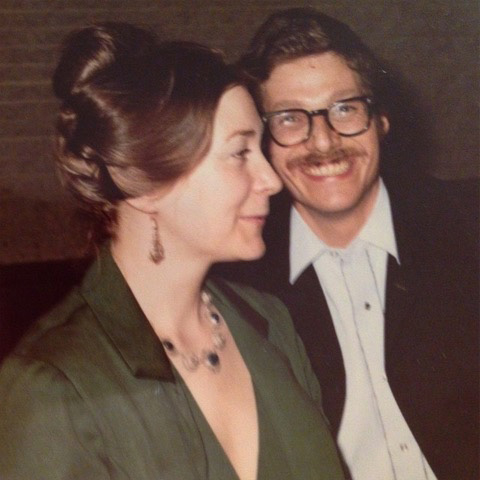
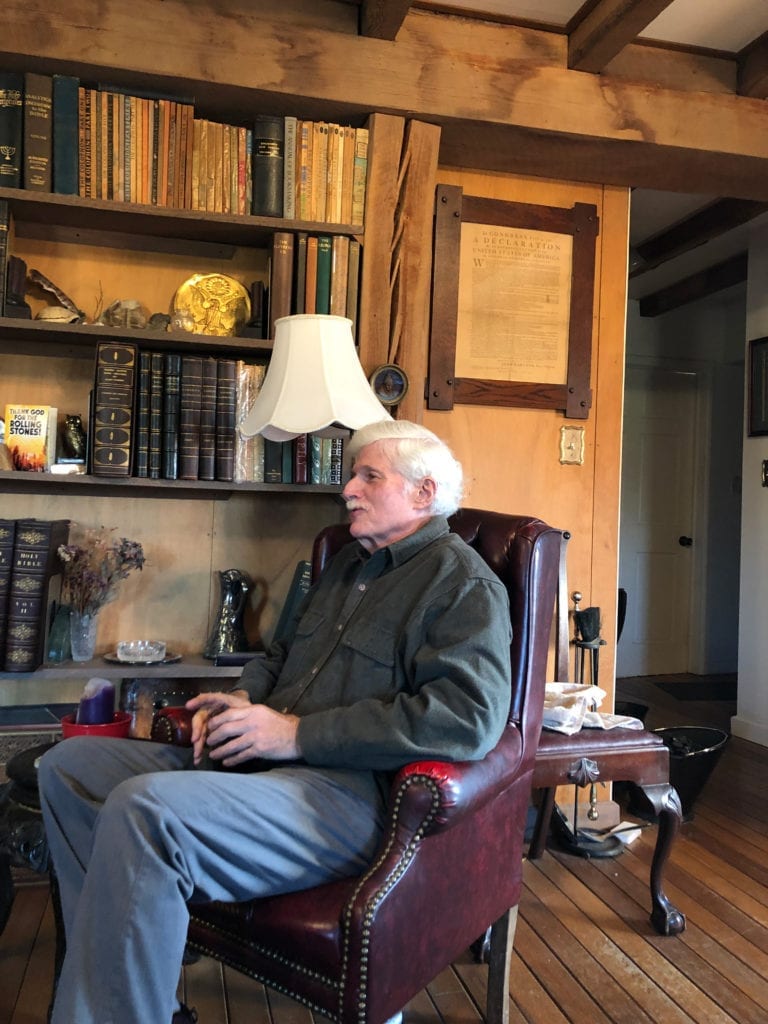
There are no comments to display.